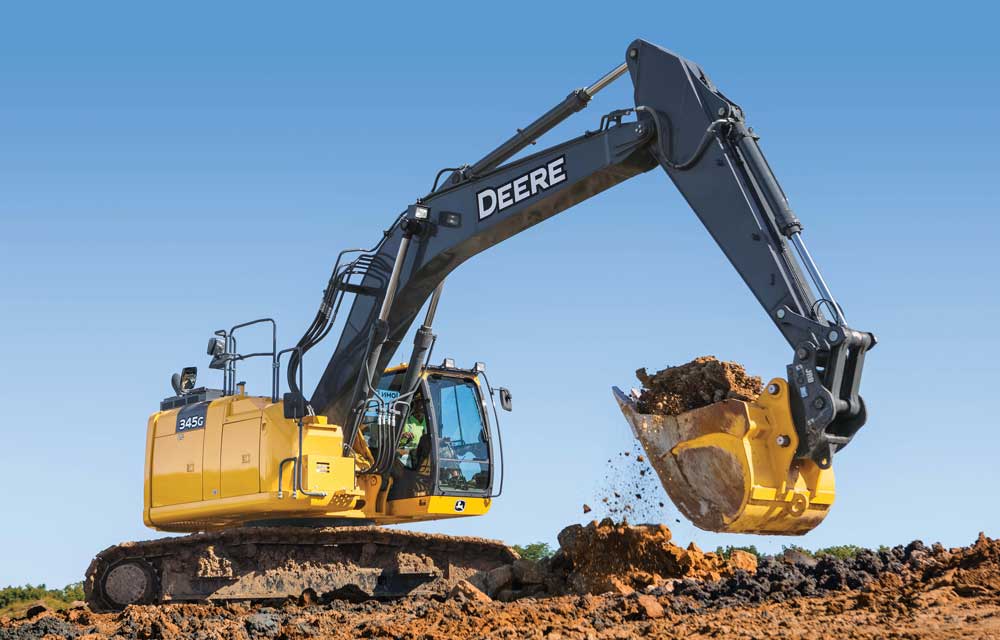Excavators are some of the most expensive construction machines. There are also several companies offering excavators around the world. Buying a used one can be a better way to save money. Buying used earthmoving equipment can be costly if proper precautions and examinations are not performed. You should examine all aspects of the machine in order to ensure that the value of the machine meets the current condition. In this piece, we look at the various excavator features and functions that should be carefully examined prior to purchasing a used excavator.
Reviewing exterior excavator condition
Due diligence should be taken to check for dents, cracks, and bends. Over time, parts, such as the boom and stick, which have been heavily used may experience warps and bends. This typically results in the replacement of the damaged part, which can be expensive. Dents on the stick or other parts of the machine may be a sign that the machine was misused by previous owners. Records should be examined to ensure the machine was not used as a rental, as rented machines have a higher rate of misuse by operators.
Cracks are a definitive sign of degeneration or misuse, and most likely means the affected parts will need to be replaced soon to avoid a larger problem from developing.
Check for play/movement in the swing radius
The slew ring should be checked for any play or movement that is not a normal part of its operations. When the hydraulic excavator housing is rotated, it should be tight and smooth, with no play or abnormal movement whatsoever. Check all connection points, especially between the stick, boom, and bucket. Bushings and pins should be checked for loose play. Looseness in the connection points results in less accuracy. If the slew ring is damaged, it is one of the most expensive parts to replace.
Inaccurate/inoperational hour meter
The hour meter should be checked and authenticated to ensure that the proper number of hours have been logged onto the machine. If it is not working correctly, or if there is any reason to question the validity of the reading, the control pedals can be checked. If there is a high amount of wear on the pedals, this may be a sign that the reading is not correct.
Inspect excavator hydraulics for leaks
Leaks in the hydraulics can be a sign of misuse or degeneration as well. All cylinders, hoses, and lines should be thoroughly examined. The hydraulic pump compartment should be examined for any type of leaks, as well as the swing bearing and slew ring. All leaks should be repaired before the machine is considered for purchase.
Review bucket and attachments for wear and tear
Excessive wear on bucket teeth is indicative of a reduction in digging efficiency and could be a sign that bucket replacement is needed. The bucket teeth should be examined to see if they are scalloped, a condition that occurs when teeth are worn down into a half-moon shape. The bucket will most likely still be operational with these defects, but at reduced efficiency, and replacement may be required in the near future.
Tires
Tires are an important and expensive part of earthmoving equipment including excavators. The current condition of the tires should be examined, and if possible, the number of hours on the tires should be determined. Most standard excavator tires have an expected life of at least 5,000 hours, while premium tires with an extended life expectancy can be purchased at a higher price.
Parts/maintenance
The model of the excavators should be researched to ensure that parts are readily available, and can be purchased if any parts on the machine break down and become inoperable. Manufacturer support and maintenance may be required in the future, so this should be determined before a model is purchased.

